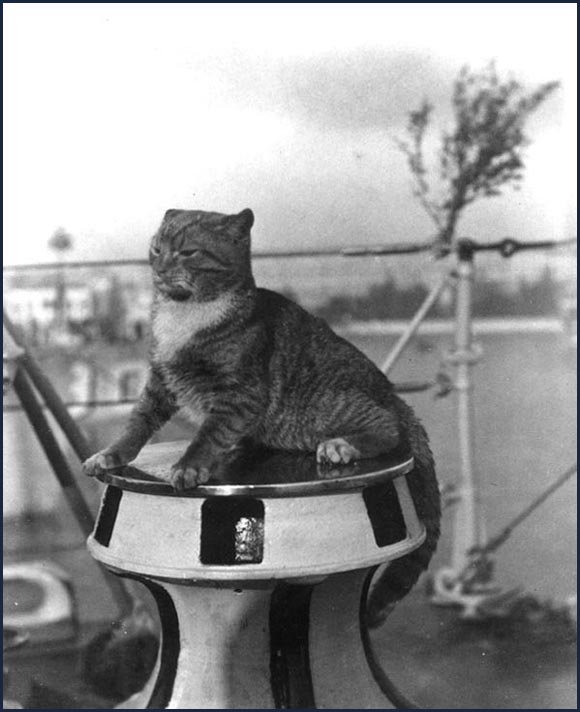
I once wrote about the very first public tree lighting ceremony that took place on Christmas Eve in 1912. What I neglected to mention in that story was that Madison Square Park was covered in snow, thanks to a large storm on Christmas Eve that dumped almost a foot of snow on New York City.
The Christmas storm created a winter wonderland — even the brokers on Wall Street had fun engaging in a snowball fight on the floor of the New York Stock Exchange — but it wrecked havoc on last-minute holiday shoppers and on “Big Bill” William H. Edwards, the city’s deputy street cleaning commissioner. The blinding snowstorm also caused several reported shipwrecks along the coast of New Jersey and New York, including the wreck of the two-masted schooner Copy at Eatons Neck in the Long Island Sound.
On Christmas Eve 1912, Captain Henry E. Ketcham was on guard at the Eatons Neck Life-Saving Station, which was located at the eastern entrance to the Huntington Bay. Henry, a native of Northport, had more than 25 years of experience working at the station, including almost 20 years as the second keeper in the station’s history. He was just the right man to be in charge during a blustery snowstorm.
Sometime that day, while merry-makers were enjoying the tree lighting festivities in Madison Square, the 125-ton schooner Copy was making its way from Greenport, Long Island, to New York City. Blinded in the Christmas Eve storm, the crew sailed their ship too close to shore, running it aground.
Luckily for Captain Clifford Bennett, his three-man crew, and their polydactyl cat named Tim, the ship ran aground close to the U.S. Life-Saving Station #38 on Eatons Neck.
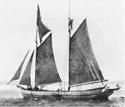
Captain Ketcham (great name for a rescuer!) and his crew of surfmen made several attempts to launch their surfboats, but to no avail. Even firing a line out to the vessel using a Lyle gun proved difficult, as the men could not see the ship through the blizzard.
But Ketcham was not about to give up the rescue attempt, especially on the day before Christmas.
As the surfmen frantically tried to launch the breeches buoy, the captain ran around the ship collecting all of his valuables. The last valuable he remembered to collect was Tim, the crew’s long-time mascot.
He found the orange and white tabby up on the deck, shivering in the cold. Captain Bennett took Tim under his arm, and together they were pulled ashore by the breeches buoy.
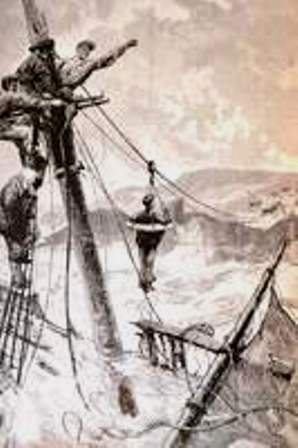
Tim Goes to Madison Square Garden
Ten days after his rescue at sea, Tim was invited to the be the guest of honor at the championship cat show of the Atlantic Cat Club, which was held in the Italian café at Madison Square Garden. The 11th annual cat show was, as usual, presented in conjunction with the annual Poultry Show, which took place in the Garden arena (I wonder if the chickens appreciated being on display at the same time as the pedigree cats?)
With no fancy name or impressive pedigree, Tim had his own place of honor away from the contestants. Nonetheless, he was the star attraction at the show, especially since he was a cat with not only just eight lives left to live, but also one extra toe on each paw.
According to Captain Bennett, Tim was not at the show to win any awards – prizes that year were for cats with names like Don O’ Dreams, Prima Donna, and Woodrege Sweet William. No, Tim was there to bask in the spotlight and to learn how aristocratic felines behave themselves.
Hemingway Cats
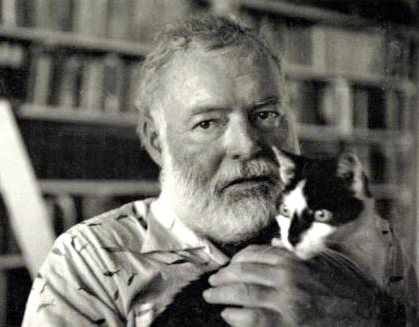
Normal cats have 18 toes, with five toes on each front paw and four toes on each hind paw; polydactyl cats like Tim may have as many as eight digits on their front and/or hind paws.
Tim had six toes on his front paws and five toes on his hind paws.
Cats with this genetically inherited trait are most commonly found along the East Coast of the United States and Canada and in South West England and Wales.
The Ernest Hemingway Home and Museum in Key West, Florida, is home to approximately 50 polydactyl (six-toed) cats. It is said that the author received a white six-toed cat named Snowball as a gift from a ship’s captain in the 1930s, and most if not all of the cats who live on the museum grounds are descendants of that original cat.
Who knows, maybe Snowball was a descendent of Tim!
USLSS Station #38, Eatons Neck
Although some believe the Eatons Neck Life-Saving Station may have been built in 1849, other sources say the station was first opened on November 15, 1876.
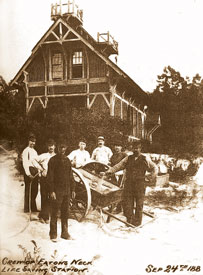
The first known keeper at Eatons Neck was Darius Ruland, who was appointed at the age of 49 on September 14, 1876. During summer months, Ruland worked alone in the station. But during the winters, he had a crew that included Henry Ketcham, Douglas Lee, Jarvis Fix, James Jones, Jesse Ketcham, and William Johnson. According to Huntington Town Historian Roy Lott, Ruland and his crew assisted at nine wrecks and saved 27 lives during their tenure.
After leaving in 1893 because he was no longer physically qualified for the job, Ruland was replaced by Henry Ketcham, who was appointed on November 14, 1893. Ketchum served until retiring with thirty years of service on August 10, 1915. The station went inactive for several years in the 1920s, although it was listed as an active station at the beginning of World War II.
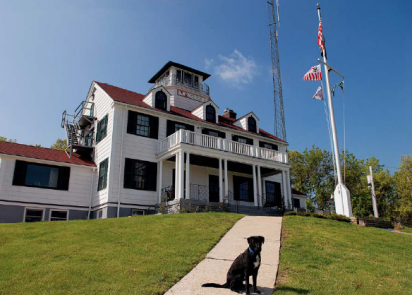
If you enjoyed this story, you may also want to read about Bill, the life-saving horse of Fire Island, which has more details about the history of the U.S. Life-Saving Services.


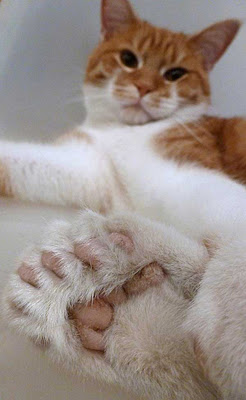


[…] Christmas 1912: Tim, the Polydactyl Shipwrecked Cat Rescued off Long Island […]